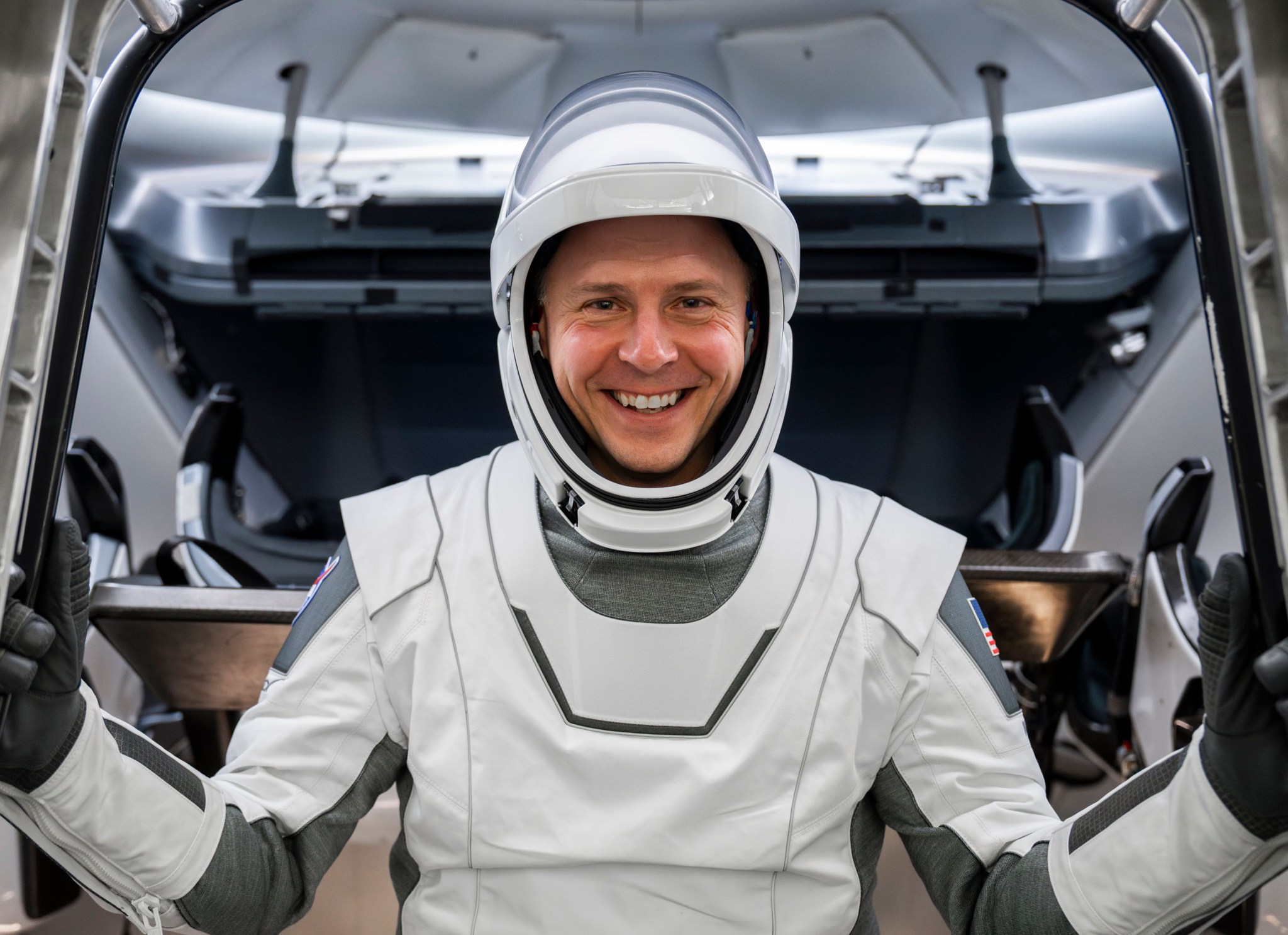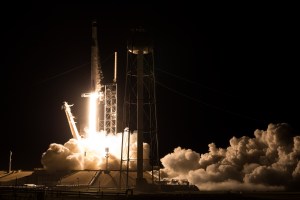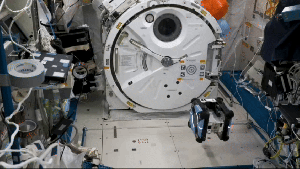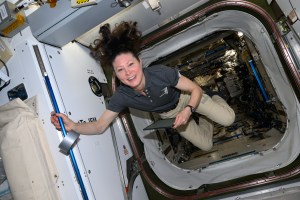
NASA astronaut Nick Hague and Roscosmos cosmonaut Aleksandr Gorbunov will soon dock with the International Space Station as part of the agency's SpaceX Crew-9 mission, a venture which will enhance scientific research and bolster the knowledge about how people can live and work in space.
During the planned five-month mission, Hague's mission tasks will include participating in a variety of research projects for NASA's Human Research Program. Each study is designed to help address the health challenges that astronauts may face during future long-duration missions to the Moon, Mars, and beyond.
"Hague's experiences and research may potentially lead to scientific breakthroughs that may not be possible on Earth," said Steven Platts, chief scientist for human research at NASA's Johnson Space Center in Houston.
A major focus for Hague's time aboard the station is to study the suite of space-related vision disorders called Spaceflight Associated Neuro-ocular Syndrome (SANS) which occur as body fluids shift toward the head in weightlessness. These shifts can cause changes to the eye: the optic nerve can swell, the retina may develop folds, and the back of the eye can even flatten. Earlier research suggests multiple factors contribute to the syndrome, so two vision-related studies on this mission will tackle different yet distinct approaches that may help address or even prevent such changes during future missions.
One project, called Thigh Cuff, will explore whether wearing fitted cuffs could counter the syndrome by keeping more bodily fluids in the legs. Thigh cuffs are compact, lightweight, and easy to use, which makes them appealing for potential use during long-duration, deep space missions.
For this study, Hague will wear the thigh cuffs for six hours during two sessions. To help researchers measure how well the cuffs work, he will record ultrasound images of blood flow in his legs and neck veins during the sessions. Researchers will also compare this data against ultrasounds taken without the cuff to examine flow differences.
"Thigh cuffs like these may allow researchers to better investigate medical conditions that result in extra fluid in the brain or too much blood returning to the heart," said study leader Brandon Macias at NASA Johnson.
In another study, Hague will test if a vitamin regimen may help combat SANS. The study, led by Sara Zwart, a nutritional biochemist at NASA Johnson, seeks to examine if a daily vitamin B supplement-taken before, during, and after flight-can prevent or mitigate swelling at the back of the eye. The research will also assess how an individual's genetics may influence the response.
"Earlier research suggests that some people are more susceptible to this ocular syndrome than others based on genetics that can influence B vitamin requirements, so taking daily vitamins may make all the difference," Zwart said. "We think by giving the B vitamins, we could be taking that piece of genetic variability out of the equation."
The work also may eventually improve care options for women on Earth with polycystic ovary syndrome, a condition that can cause eye changes and infertility in women. Researchers hope that patients may similarly benefit from targeting the same genetic pathways and vitamin supplementation as crew members in space.
Hague also will record data to study whether a new way of administering a common anti-nausea medicine can help alleviate motion sickness following launch and landing. In this study, Hague can self-administer a novel nasal gel formulation of the medication scopolamine. Hague will note his experiences using this medicine and any other motion sickness aides, including alternative medications or behavioral interventions like specific head movements.
This research, led by neuroscientist Scott Wood of NASA Johnson, eventually will include 48 people.
"Our goal is to understand how to help future space travelers adapt to motion sickness when living and working in space," Wood said. "Crew members must stay healthy and perform key tasks, including landing on the Moon and other destinations."
To help NASA plan future missions, Hague also will participate in human research studies that tackle other space challenges, such as avoiding injury upon landing back on Earth and learning how space travel affects the human body on a molecular level.
____
NASA's Human Research Program pursues the best methods and technologies to support safe, productive human space travel. The program studies how spaceflight affects human bodies and behaviors through science conducted in laboratories, ground-based analogs, commercial missions, and the International Space Station. Such research continues to drive NASA's mission to innovate ways that keep astronauts healthy and mission-ready as space exploration expands to the Moon, Mars, and beyond.









